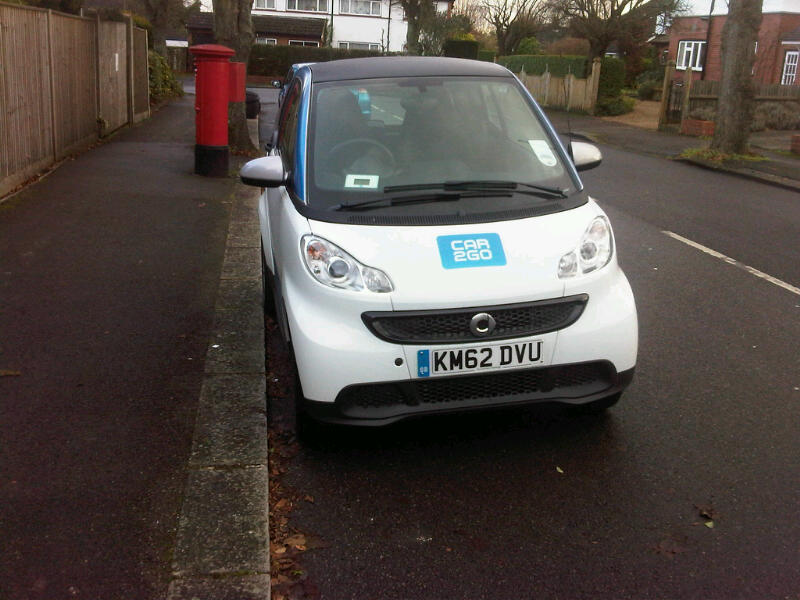
The reduction in traffic in our residential roads at the height of the lockdown brought quiet, clean air, blue skies and a wish to preserve the pleasant environment it created. We have obtained, from schemes established by the Government and the London Mayor to deal with the aftermath of the pandemic, funding for plans to maintain these advances. The schemes are trials and will be monitored throughout the initial six months. Normally the Council would consult extensively before their introduction but the offer of funding is for immediate action following emergence from lockdown, so the measures will be introduced and monitored to assess resident reaction and their impact. The principal proposals include, in our Ward:
* The Permit Parking Area (PPA) planned for roads from Mayfield Road running east as far as Banstead Road South, which residents strongly supported in consultation exercises, will be introduced from 30 November. This should reduce traffic and parking in this area
* An extension of the 20 mph speed limit area in Langley Park Road to roads to the east, as far as Banstead Road South, has been introduced. This includes the part of the Ward where a PPA is to be introduced, so the reduced parking will lead to speeding, which has to be dealt with to maintain the peace and quiet of these residential roads
* An experimental “modal filter” (allowing cyclists and pedestrians to cross but not other vehicles) to reduce traffic rat running north to south through the area, at Kings Lane, has been introduced. This will be subject to assessment after introduction and maintained if there is resident support. The impact on traffic in Langley Park Road and other local roads will be monitored. A proposal for a second filter, in Langley Park Road, remains in the programme but will not be implemented while Sutton Court Road is closed at the west end, and will be subject to review in the light of an assessment of the impact on traffic in the area from the Kings Lane filter
* A“school street” at Overton Grange school to deal with traffic at the school gates has been implemented, closing the road where the school is situated to traffic when school students are arriving and leaving, so they can do so in safety and quiet. This involves the closure of Stanley Road south of the junction with Camborne Road when Overton Grange students are arriving and leaving.
These improvements will help maintain the peace of the quiet residential roads in our Ward, improve air quality, make the area more pleasant for walking and cycling, and benefit the neighbourhood. We hope to create a neighbourhood with less noise, less non-residential traffic, less speeding, cleaner air and a safer and more pleasant environment, promoting walking and cycling.
The proposals also respond to the many of the concerns raised by residents in the survey last year supporting the Council’s Liveable Neighbourhoods bid to the Mayor of London. These were:
1. Too much rat-running traffic
2. A wish for more trees, plants, greenery
3. A need for improvement to air-quality
4. A need for slower vehicle speeds on residential roads
5. More pedestrian crossings on main roads
6. More welcoming streets for walking
7. More welcoming streets for cycling
We will be monitoring closely the impact of these measures and traffic levels were monitored in local streets in August. Normally the Council would consult extensively before their introduction but the offer of funding is for immediate action following emergence from lockdown, so the measures will be introduced and monitored to assess resident reaction and their impact. If, after the initial experimental six month period, the Council was minded to retain the schemes on a permanent basis there would be full resident consultation on a traffic management order.
On the criteria for evaluation of the temporary schemes, this is what TfL are asking us to use.
We will look at a range of factors when considering whether or not to make a temporary scheme permanent. These include the:
- Effects the scheme has had and could continue to have on road safety and pedestrian overcrowding
- Number of cyclists and pedestrians who have used each scheme
- Contribution each scheme makes to the look and feel of the local area
- Impact of the scheme on traffic, including the bus network
- Feedback from the public and other stakeholders
- Impact of the scheme on people protected under the Equality Act 2010
By way of background, the Low Traffic Neighbourhoods scheme was set up by the Conservative Government in consultation with the Labour London Mayor. A total of 859 schemes are being trialled across London for six months from September, and the rules for these schemes were set up by Central Government at very short notice. The Government asked for bids from every London Borough in mid May that had to be made within just a month, by 22nd June, which is not ideal.
The choice of areas was based on past requests to Local Committees, suggestions made by residents, and proposals previously made under the Transport for London (TfL) Liveable Neighbourhoods bid.
The Department for Transport advise that the six months long trials of the temporary schemes will enable further consultation if it is intended to make any of the schemes permanent. The benefit of a trial is that one can see if a scheme works or does not work, or can be improved. Where these schemes have been set up elsewhere in London they have often proved popular with residents.
In normal non- Covid times, we would have expected longer notice of bidding for schemes to allow for public consultation but the Government did not allow the usual process (which normally takes some months), on this occasion, as the timescale was telescoped into a very short one, of one month only.
